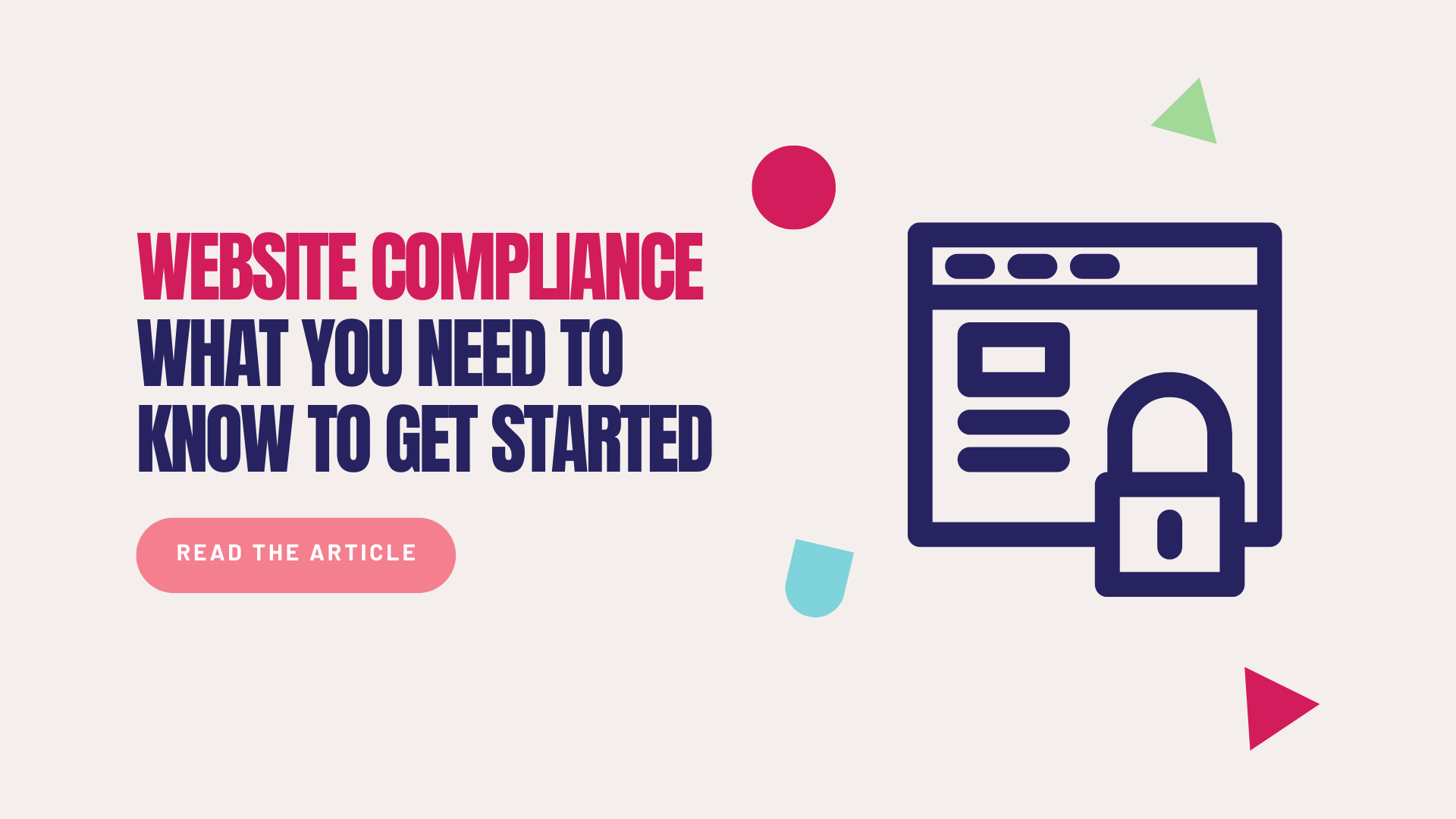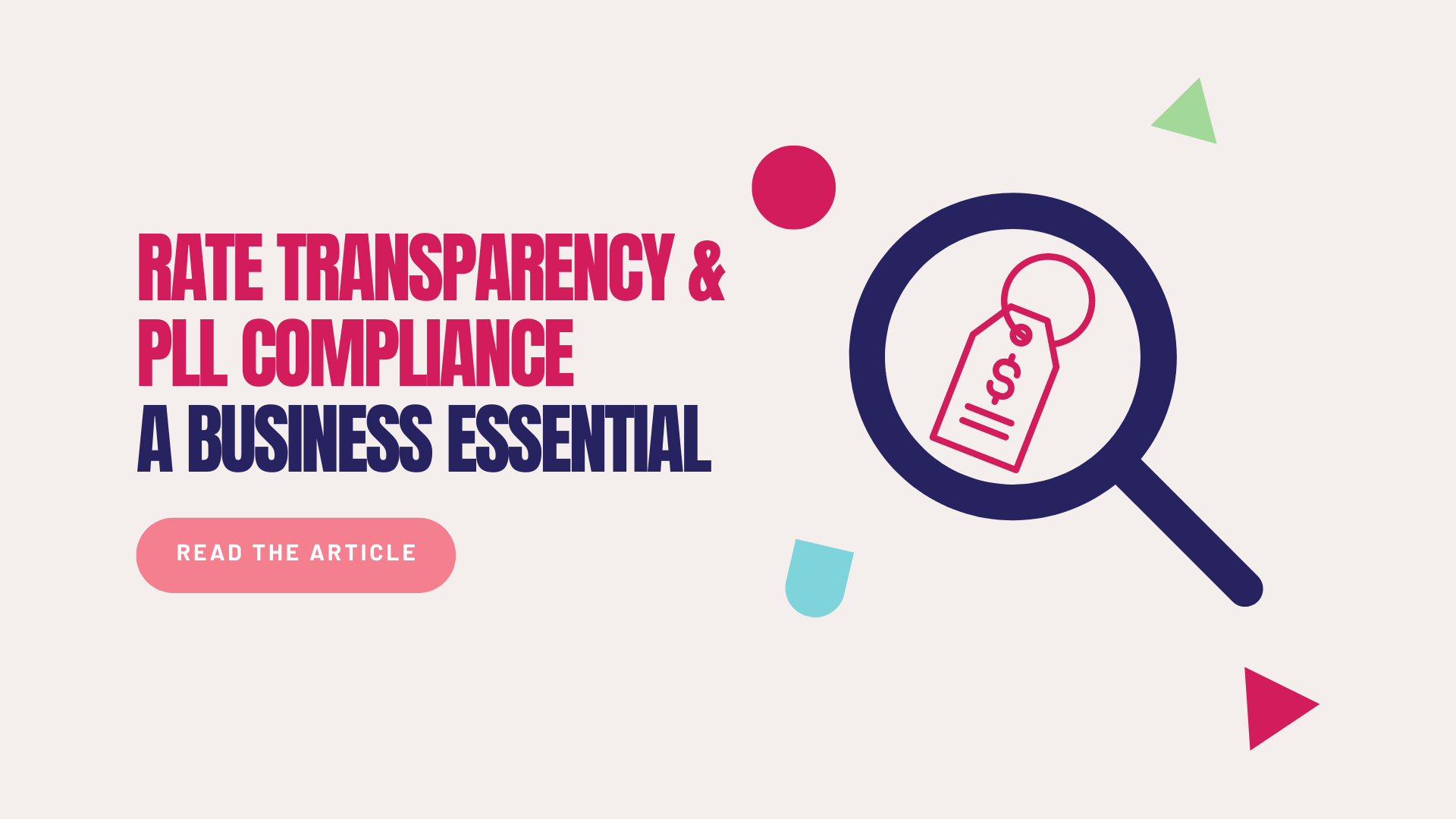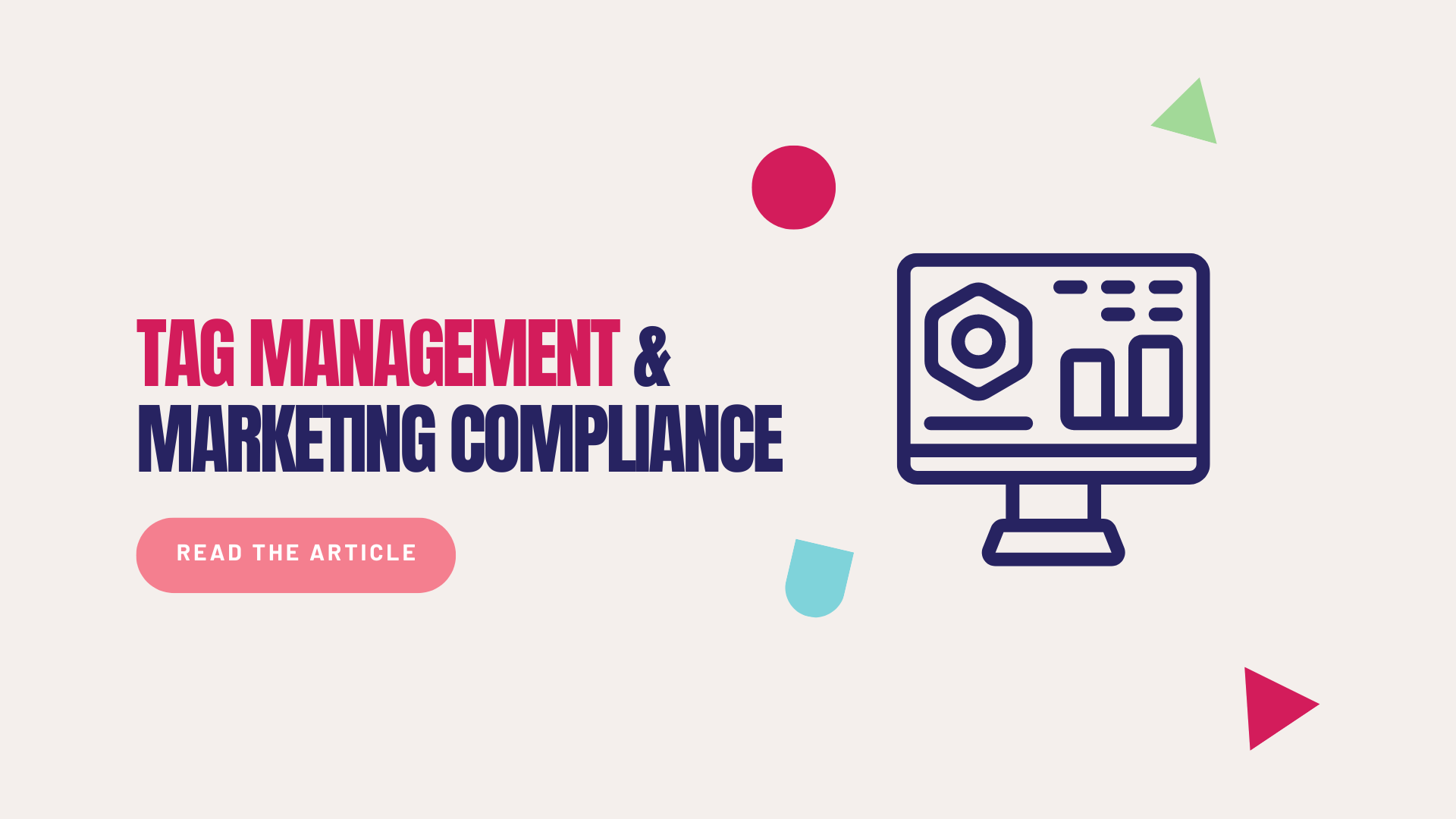Imagine your website as a storefront – compliance is like making sure the store door is wide enough for everyone to enter easily, the store layout is clear and organized, and everything’s safe and secure for the customers.
Table of Contents
What is Website Compliance?
In simple terms, compliance is verifying that the website adheres to all legal, regulatory and industry standards. This would include making sure the website uses the best practices and following all policies.
Think of website compliance like making sure your website follows the good neighbor rules of the internet. This means using best practices for things like:
- User Accessibility: Making sure everyone can browse and navigate your website smoothly, have access just like having a clear path to your front door.
- Data security: Keeping visitor information safe and secure, like locking your doors and windows.
- Privacy protection: Following the rules about how you use visitor information, just like respecting your neighbor’s privacy.
Create a fully optimized digital experience with Digital Spice.
Request a Free Proposal →
Why Do You Need It?
Making sure your website is compliant can be very beneficial to protect yourself from legal action and ensure user safety for customers. Therefore, there are four main reasons why you might want to consider implementing it:
- Legal Protection: Website compliance can help website owners avoid legal penalties by ensuring compliancy with different laws and regulations, some of these include the GDPR, CCPA and HIPAA.
- User Experience: Website compliance goes beyond aesthetics. It ensures everyone can access your site, following WCAG best practices. While not universally mandated, some countries like the US with ADA requires accessible websites for public entities.
- User Trust and Confidence: Beyond legal requirements, compliance builds trust with users. Knowing a website follows regulations and protects their privacy creates a sense of security and enhances the overall user experience.
- Market Access: By ensuring the website is accessible to all users and complying with international regulations like GDPR, it allows the website to legally function in different jurisdictions and broaden the user base.
How to Ensure Website Compliance
We’ve prepared in-depth guides for each website compliance category:
- Brand Consistency
- ADA/Accessibility Compliance
- Customer Contact Compliance
- Cookie Consent and T&C Compliance
- Website Performance
- Tag Management & Marketing Compliance
- Rate Transparency & PLL Compliance
For a quick overview, here are some process highlights to get you started with building a compliant website or enhancing your existing one:
Step 1. Identification
Research local regulations and policies that apply to your website based on factors like location, industry, and target audience.
Consulting with legal professionals can help ensure you understand all legal requirements and implications.
Step 2. Implementation
Develop a comprehensive privacy policy that aligns with data protection regulations. Then create terms and conditions outlining the rules and guidelines for using your website.
Finally, implement a cookie consent banner to inform users about how their data is used and obtain their consent.
Step 3. Ensure Data Protection and Security
Website owners must obtain a Secure Sockets Layer (SSL) Certificate through a Certificate Authority, which verifies the identity of a website and secures communication between web browser and website.
Step 4. Ensure Accessibility
Follow the Web Content Accessibility Guidelines (WCAG) to create a website that’s usable by everyone, including people with disabilities.
Step 5. Monitor and Update
Maintaining compliance is an ongoing process. Regularly audit your website for compliance, stay updated on legal changes, and update all policies and tools as needed.
Step 6. Document Compliance Efforts
Lastly, maintain a record of all your efforts to make your website compliant and accessible for users including procedures, audits, policies, regulations and updates.
The information stored can create transparency with users and stakeholders.
Website Compliance Summary
Website compliance might seem complex at first, but it’s an investment in your online success. By ensuring your website adheres to relevant regulations, you gain significant advantages:
- Legal Peace of Mind: You minimize the risk of legal action and hefty penalties associated with non-compliance.
- Enhanced User Experience: A compliant website is accessible to everyone, fostering inclusivity and a smooth user journey.
- Stronger User Trust: Transparency about data practices builds trust and confidence in your brand.
- Expanded Market Reach: Compliance with international regulations opens doors to new markets and a wider audience.
Think of website compliance as building a strong foundation for your online presence. It empowers you to focus on what matters most – creating a thriving website that connects with your audience and achieves your business goals.
Ready to Take the Next Step?
Digital Spice is a creative digital agency specialized in planning, designing, and building high-performance digital experiences.
Work with Digital Spice to create a website that fosters trust, meets legal requirements, and supports your franchise marketing goals.
Email us at [email protected] or click here to request a free quote.
Let’s get digital!








